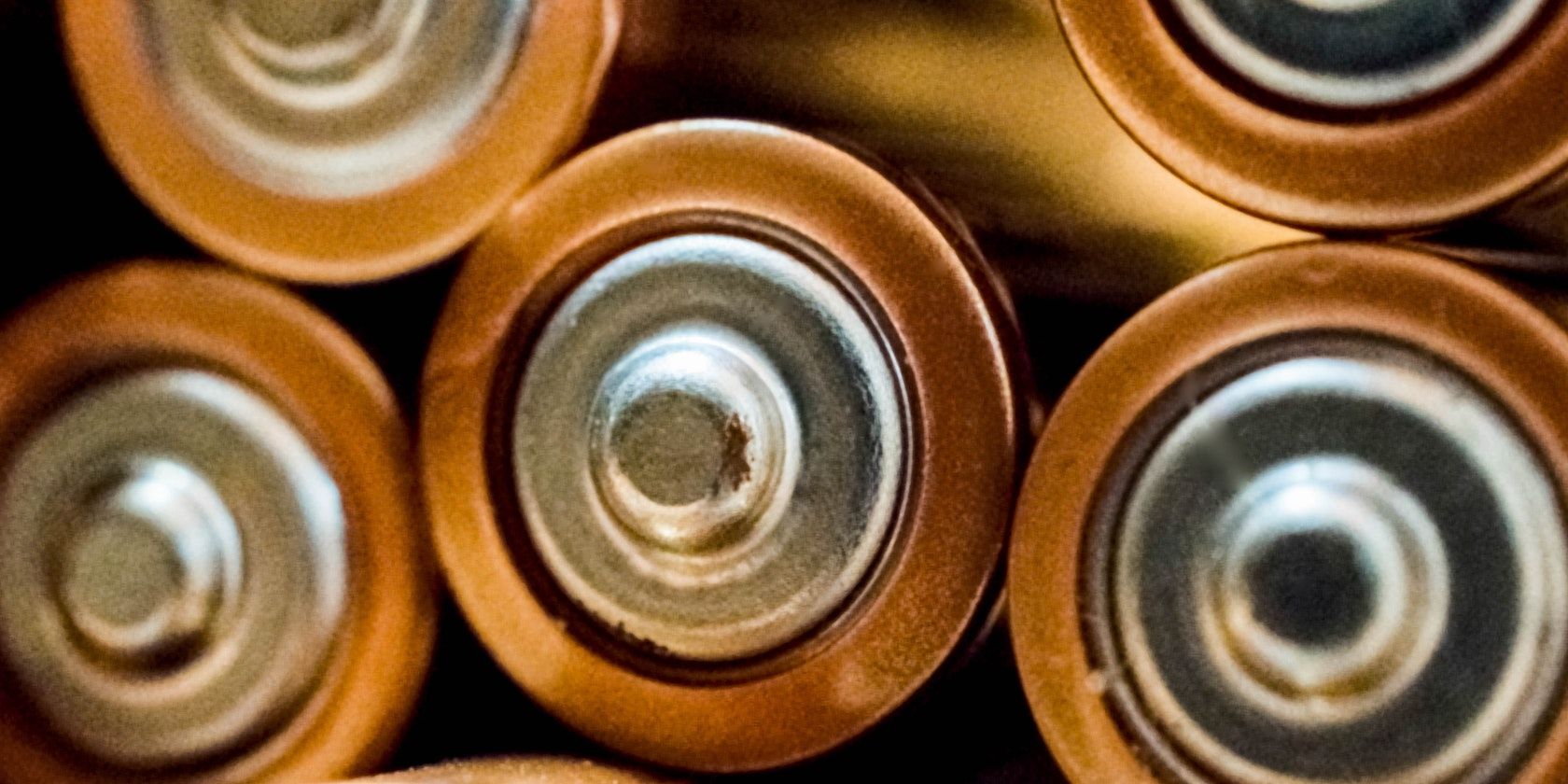EVs are slowly taking over the automotive market worldwide. There was a time when skepticism abounded regarding when EV adoption would actually take off, but now EVs are selling so well that manufacturers can't make enough of them. However, one major criticism that has plagued EVs revolves around battery technology.
The great news is that new battery technology is on the way, and solid-state batteries are part of this new wave of battery tech that will revolutionize the market. So, what is a solid-state battery, and how will it improve your EV?
What Are Solid State Batteries?
Solid state batteries outshine traditional lithium-ion batteries in every theoretical metric, including the EV holy grail: range. Of course, all of this is in theory because solid-state batteries have yet to be installed in a production vehicle from any of the major automakers that offer EVs.
Regardless, the hype surrounding solid-state batteries is building because the changes they promise are truly revolutionary. Solid-state batteries feature a solid electrolyte, whereas traditional lithium-ion batteries use a liquid electrolyte to aid in the movement of ions between the positive and negative electrodes of the battery.
This major difference is the catalyst for many advantages solid-state batteries enjoy over conventional batteries. Solid-state batteries also promise superior energy density compared to lithium-ion, which in layman's terms means you can get more range out of a solid-state battery of the same size as a lithium-ion one.
The additional power density also reduces weight because you can pack a smaller and lighter battery into a vehicle, and that battery will provide you with the same performance as a heavier lithium-ion battery. Another thing to consider is packaging benefits. Solid-state batteries take up less space, allowing manufacturers to package them more efficiently, especially beneficial for performance EVs looking to lower the vehicle's center of mass.
How Do Solid-State Batteries Work?
Well, in terms of being a battery, they're actually quite similar to lithium-ion batteries. They create electricity through the movement of ions between the cathode and anode (or electrodes), creating an electrical flow that can be redirected to power a vehicle's electric motor. If ions flow from the positive electrode (cathode) to the negative one (anode), the battery is charging. If the opposite is true, the battery is releasing energy.
In traditional lithium-ion batteries, the anode and cathode sandwich a middle separating layer, which prevents the electrolytes from the two electrodes from mixing. But, in solid-state batteries, the separator is not present because the electrolyte is actually solid, promising lighter batteries and better packaging. Ions still move through the solid electrolyte, but the greater density of the solid electrolyte is what delivers greater energy density.
Another advantage of the solid electrolyte is fewer safety risks as there is no liquid to spill out if accidentally punctured in an accident, reducing the risk of potential fires from a possibly flammable electrolyte.
Solid state batteries can potentially feature a greater energy density than regular lithium-ion batteries, which can be attributed to several reasons. According to MIT News, one of the main reasons for solid-state batteries' greater energy density comes from the fact that these batteries feature an electrode made from pure lithium metal.
The potential gains in energy density that solid-state batteries provide comes from the fact that they enable the use of pure lithium metal as one of the electrodes, which is much lighter than the currently used electrodes made of lithium-infused graphite.
The cathode and the electrolyte are both solid in a solid-state battery, which is another breakthrough that allows these batteries to promise such amazing performance when compared to conventional offerings.
Are There Any Drawbacks to Solid-State Batteries?
Solid-state batteries sound perfect, but of course, they aren't. There are some things to consider when discussing solid-state batteries, and it's prudent to know where the technology currently stands.
Separating the potential of the technology from where it's actually at in its present state is of utmost importance. Solid-state battery research is ongoing, and the technology is obviously not as advanced as lithium-ion batteries, which is why they're not available in your Tesla, Chevy Bolt, or otherwise.
One of the major problems that must be overcome is the movement of ions through the solid separator. According to Flash Battery, the solid-state battery's separator must operate at a high temperature to work effectively.
Ions are matter, atoms, and it therefore makes sense that they move more easily in a liquid, while a solid (a ceramic separator) must have a special composition to be able to allow ions to move freely.
There are already high-performance separators in this sense, but only at high temperatures, because solid electrodes only become good conductors at temperatures above 50 degrees. This limit means that solid-state technology is still hardly used in real vehicles, because we cannot assume that the battery is always hot
Obviously, no technology is perfect from the get-go, and research is ongoing in the field of solid-state batteries. Other drawbacks exist, but a lot of resources are being committed to finding solutions to these issues.
Solid-state battery technology is getting massive support from the automotive industry, and these investments will accelerate the production readiness of these batteries. VW's EV lineup will definitely benefit from these possible breakthroughs in battery tech.
Expect To See Solid-State Batteries Soon
EV manufacturers are betting on solid-state battery technology, and automotive giants committing funds to the research and development of solid-state battery tech will only help accelerate the time it takes to get them to market.
Solid-state batteries offer way too many advantages in comparison to traditional lithium-ion batteries to ignore. Expect many more breakthroughs in solid-state battery technology in the coming years and a massive push to get these batteries to commercial viability for use in EVs.

